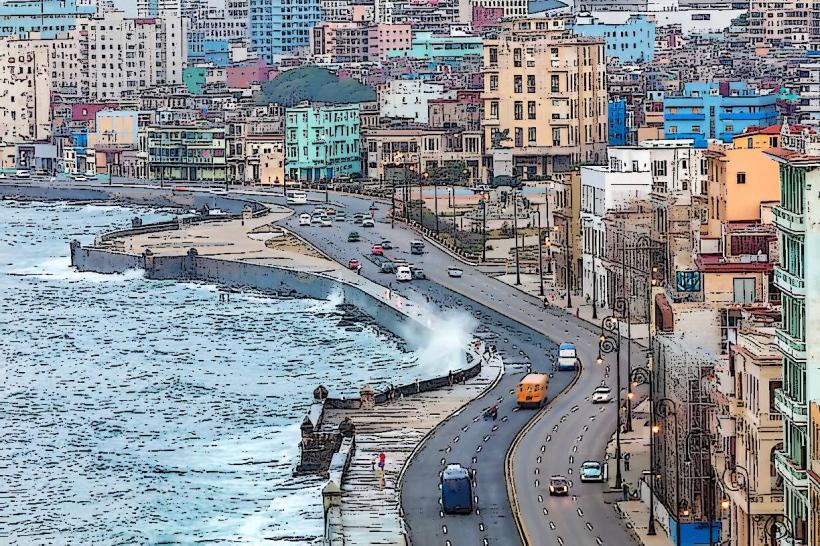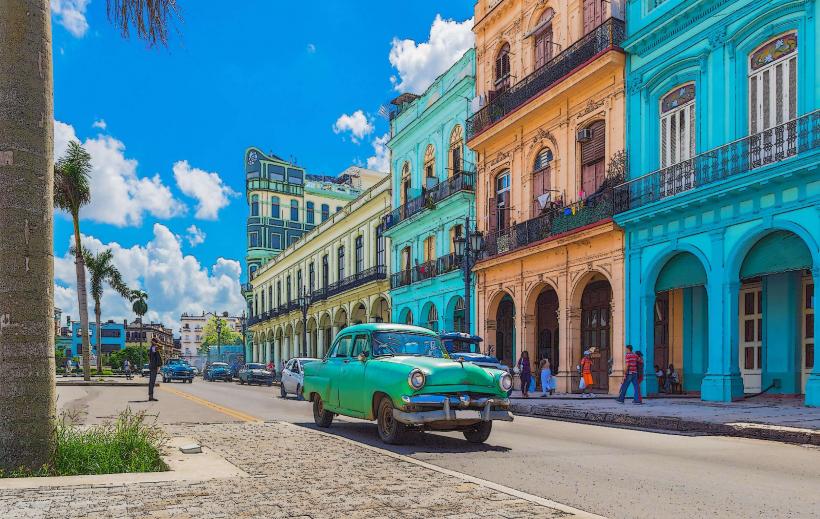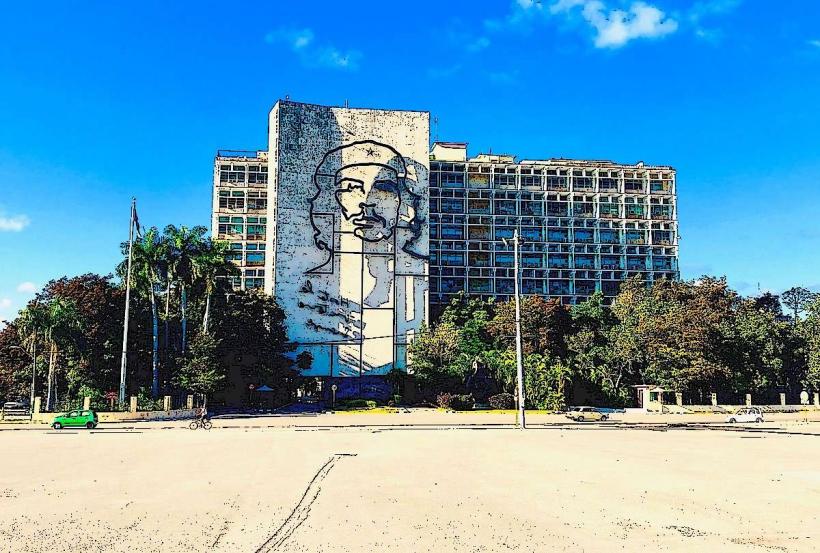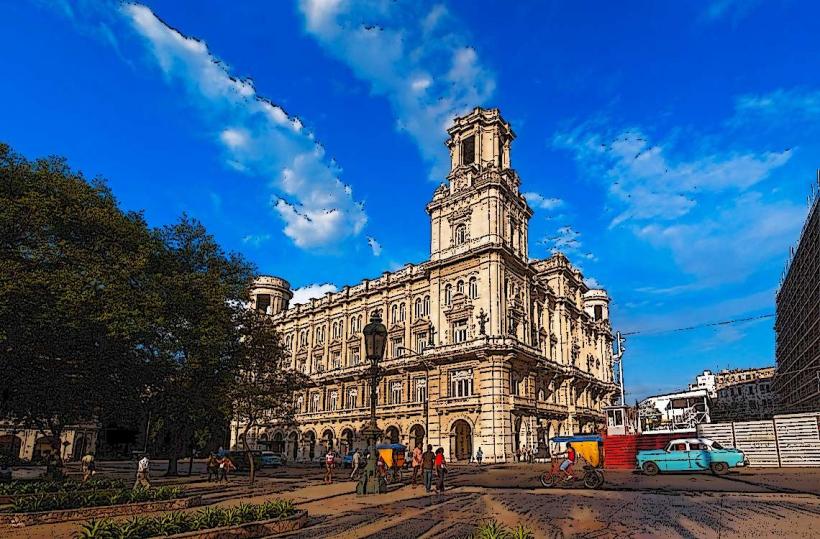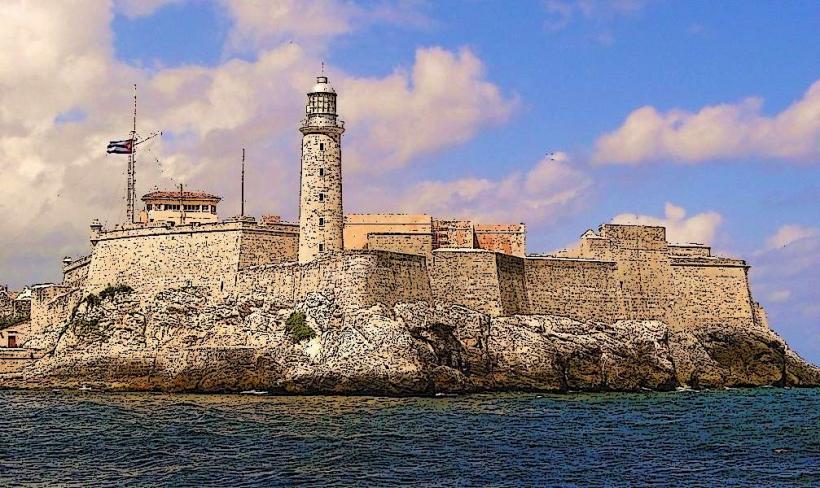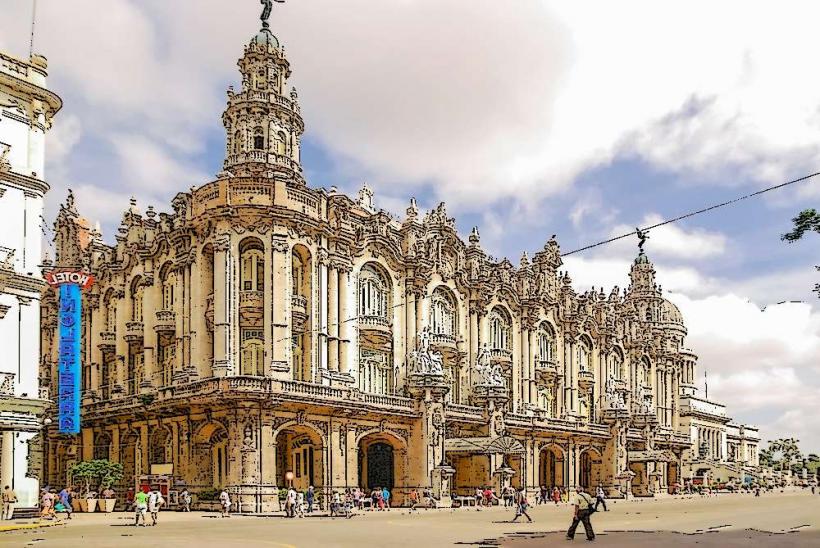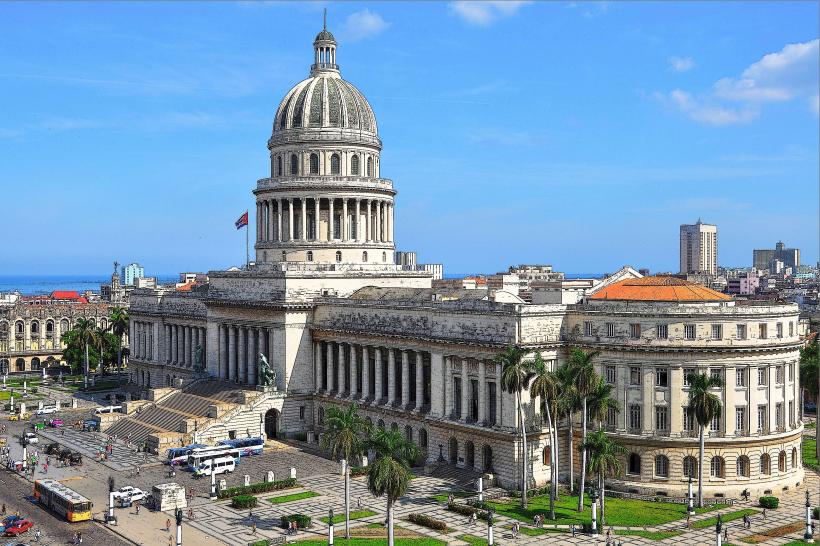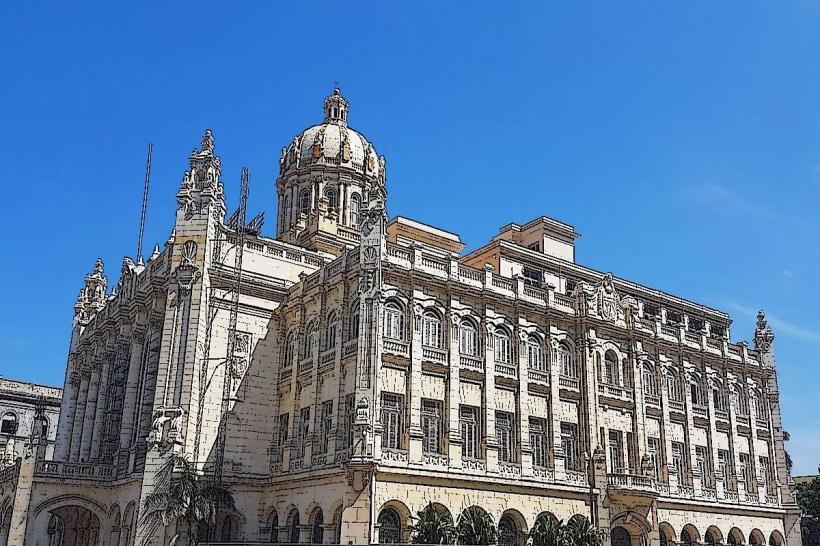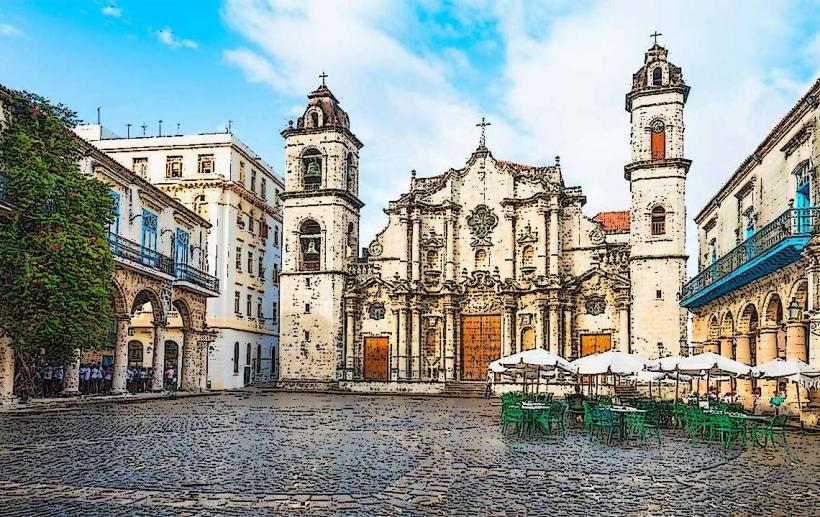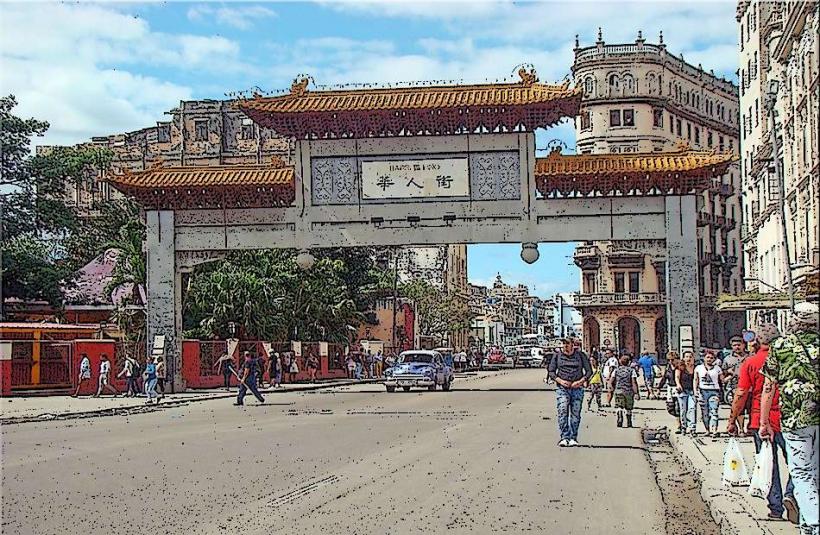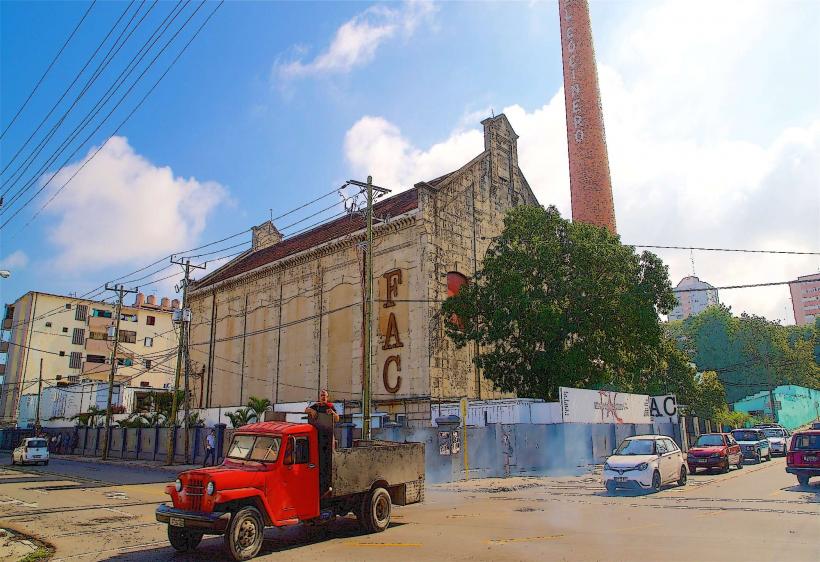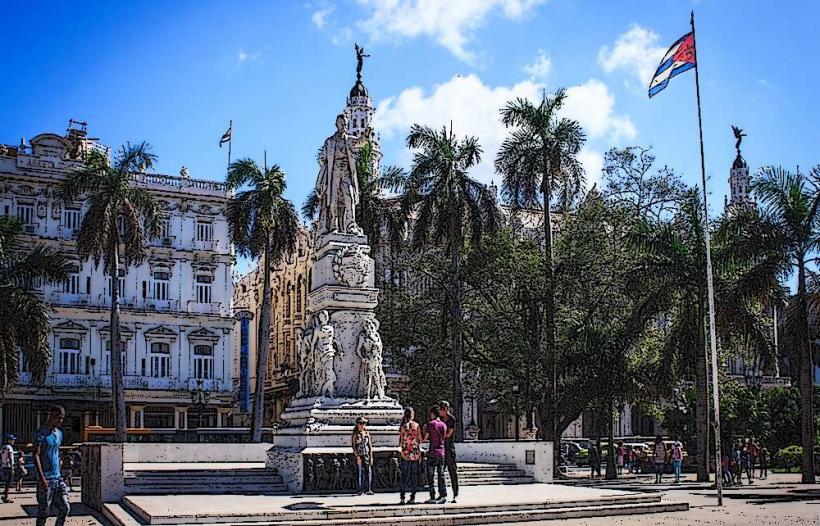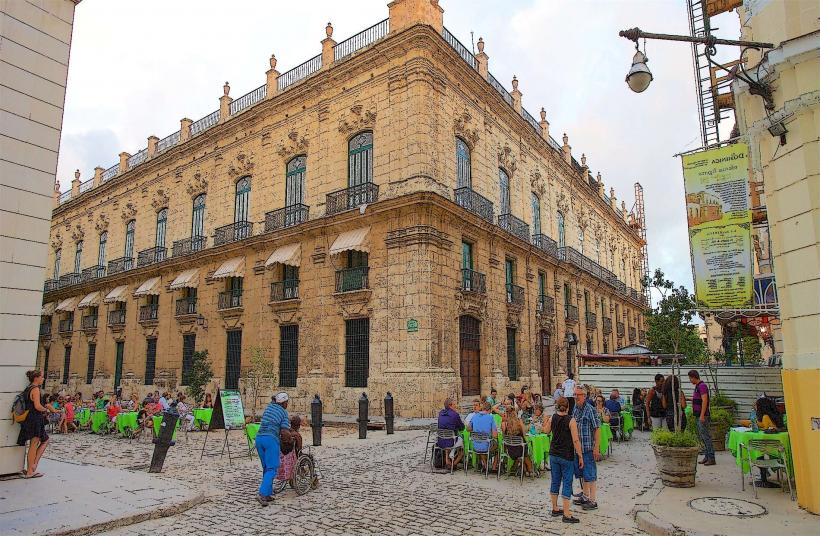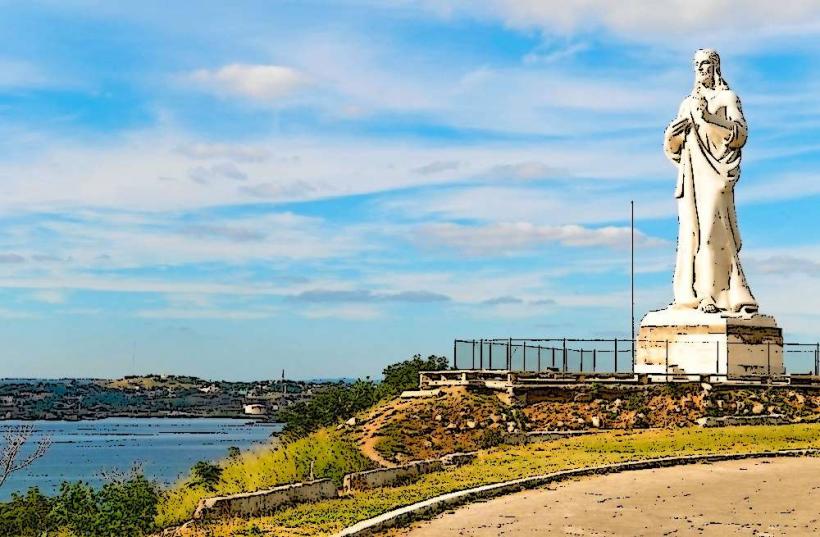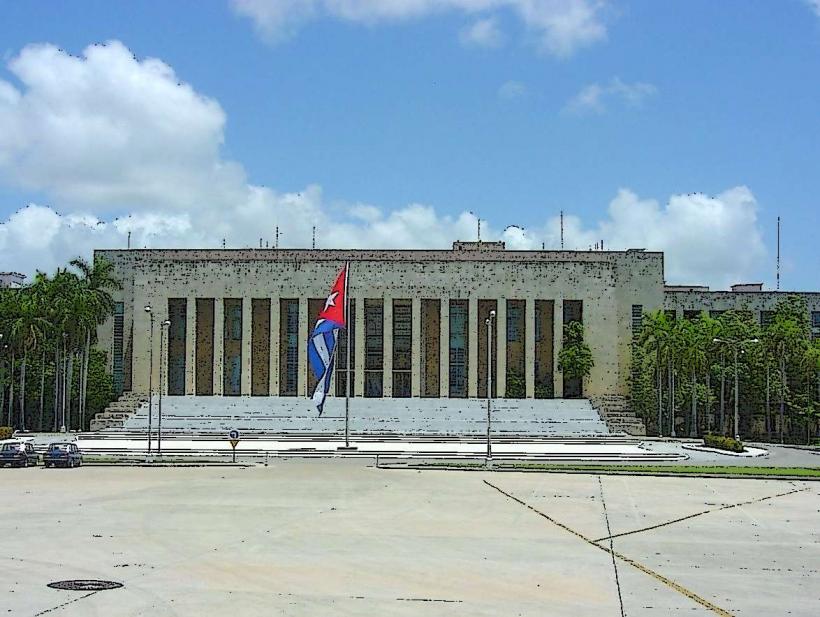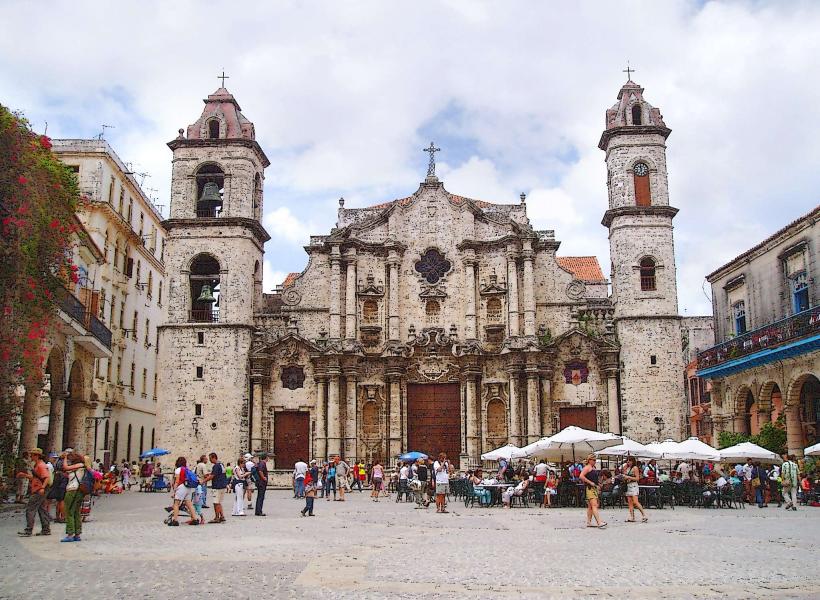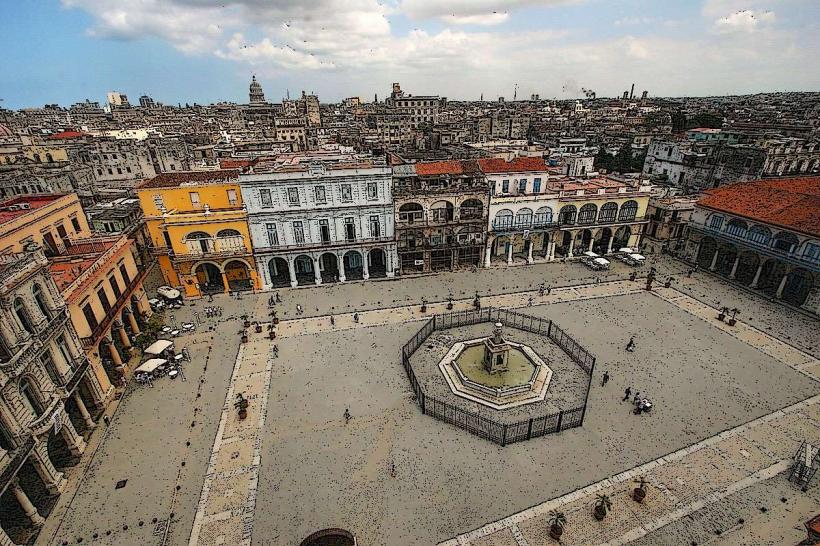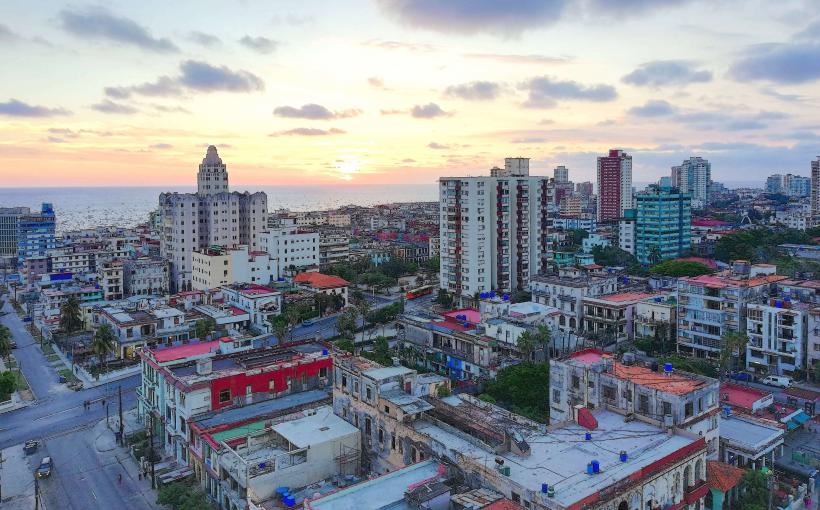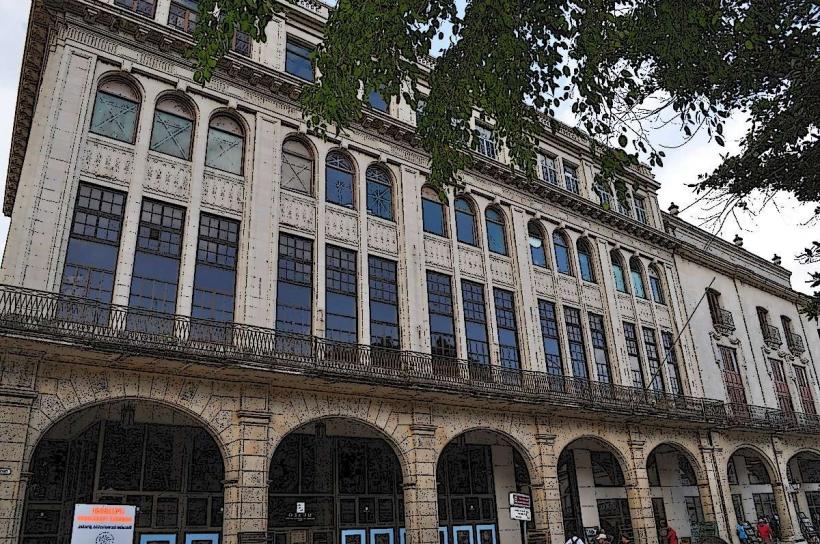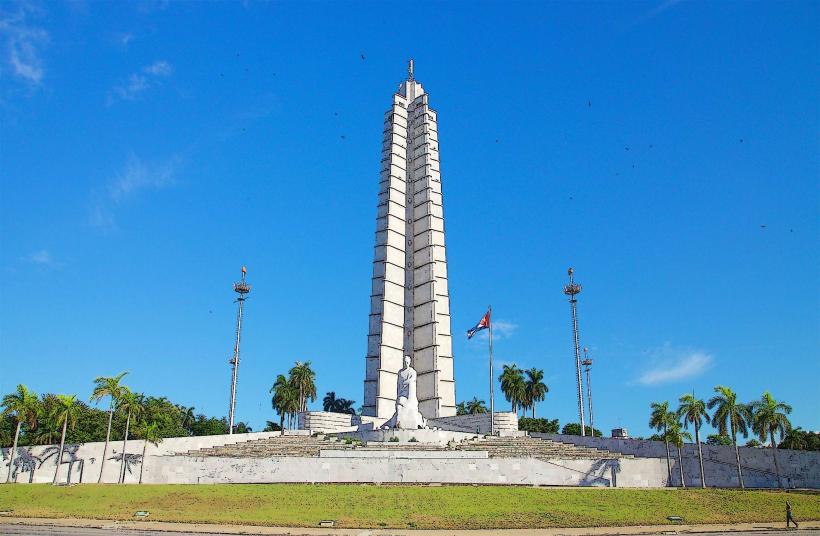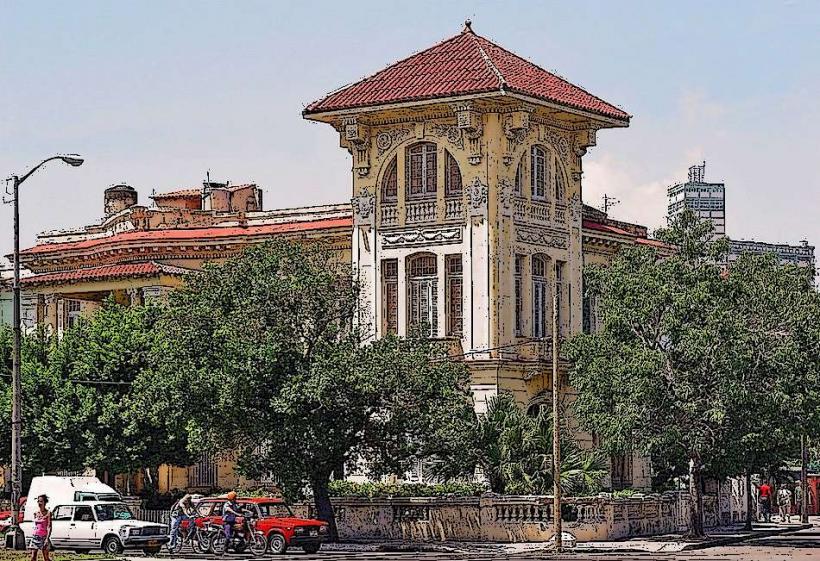Information
Landmark: Museo de Arte ColonialCity: Havana
Country: Cuba
Continent: North America
The Museo de Arte Colonial (Museum of Colonial Art) in Havana, Cuba, is one of the most important cultural institutions in the city, showcasing the rich history and artistic legacy of Cuba's colonial past. Housed in a beautifully preserved colonial building, the museum offers visitors a unique opportunity to explore the art, architecture, and material culture of Havana and Cuba during the Spanish colonial period.
Here’s a detailed look at the Museo de Arte Colonial:
Location and Building
The Museo de Arte Colonial is located in Old Havana (Habana Vieja), in a historical area that is designated as a UNESCO World Heritage Site. The museum is housed in the Palacio del Marqués de Arcos, a grand colonial mansion that was built in the 18th century. This building itself is a prime example of colonial-era architecture and contributes significantly to the museum's appeal.
Palacio del Marqués de Arcos: The palace was constructed by the Marquis of Arcos, a prominent figure in colonial Havana, and it features a blend of Baroque and Neoclassical architectural elements. The mansion’s grand entrance, courtyards, and decorative ironwork are all notable features that reflect the wealth and status of its original owners. The building has been carefully preserved, and its ornate architecture adds an extra layer of historical context to the museum’s exhibitions.
UNESCO Heritage Site: Situated in the heart of the Habana Vieja district, the museum benefits from its proximity to other significant colonial-era sites, such as the Plaza de Armas and the Museo de la Ciudad. As part of a UNESCO World Heritage Site, the building itself is a key piece of Havana’s historical and architectural heritage.
Collection and Exhibitions
The Museo de Arte Colonial holds an impressive collection of artworks and artifacts from Cuba’s colonial period, primarily focusing on the 17th and 18th centuries. The museum's collection reflects the diversity of artistic influences that shaped the Cuban colonial experience, blending European, African, and indigenous traditions.
Religious Art: One of the most prominent features of the museum’s collection is its religious art. During the colonial period, the Catholic Church played a central role in Cuban society, and many of the works of art produced at the time were religious in nature. The museum houses numerous paintings, sculptures, and altarpieces depicting biblical scenes and saints, many of which were created by Cuban and European artists. These works reflect the Catholic faith's influence on the colonial culture of the island.
Furniture and Decorative Arts: The museum also has a remarkable collection of colonial-era furniture and decorative objects, which provide insight into the lifestyles of the colonial elite. Visitors can see beautifully crafted wooden furniture, ceramics, and textiles that reflect the fusion of European and Cuban craftsmanship. These items were often made from local materials, such as mahogany and cedar, and they show the intricate detailing and elegance of the period.
Porcelain and Silver: The museum has an extensive collection of colonial-era porcelain and silverware, which were highly prized during the Spanish colonial period. The pieces in the collection are examples of the fine craftsmanship and artistic trends that were popular at the time. These items were not only functional but also symbols of wealth and status among the colonial elite.
Painting and Sculpture: The museum’s painting collection includes works by local Cuban artists as well as European masters who worked in the colonial period. Some of the paintings are religious in nature, while others depict scenes of everyday life, such as portraits of colonial elites and landscapes. The collection also includes several sculptures made from materials such as wood, stone, and gold, showcasing the wide range of artistic practices of the time.
African and Indigenous Artifacts: Reflecting the multicultural history of Cuba, the museum also features a selection of African and indigenous artifacts. These pieces represent the contributions of enslaved Africans and indigenous peoples to the cultural fabric of colonial Cuba. While the majority of the museum’s collection is focused on European-style art, these artifacts serve as an important reminder of the island's diverse and complex history.
Architectural Features of the Museum
The Palacio del Marqués de Arcos, which houses the Museo de Arte Colonial, is itself a work of art, with several noteworthy architectural features that reflect the grandeur of colonial Havana.
Courtyards and Gardens: The palace includes several courtyards and gardens, which were typical of colonial Spanish architecture. These open spaces provide a serene setting for visitors to enjoy the museum’s collection, and the lush gardens are a nod to the period’s fondness for incorporating natural beauty into architectural design.
Baroque and Neoclassical Elements: The mansion’s interior features a mix of Baroque and Neoclassical elements. The staircases, columns, and ornate moldings are all characteristic of the Baroque style, while the more symmetrical layout and elegant proportions of the rooms reflect Neoclassical influences. These architectural styles were popular in colonial Cuba, and they provide a glimpse into the aesthetic tastes of the time.
Woodwork and Ironwork: The building’s woodwork and ironwork are particularly striking. The intricate detailing in the wooden ceilings and balconies, as well as the decorative wrought-iron gates and balusters, demonstrate the skill of Cuban craftsmen in the colonial period.
Visitor Experience
The Museo de Arte Colonial offers a rich and immersive experience for visitors interested in the colonial history of Cuba and the Caribbean.
Guided Tours: For those interested in learning more about the museum’s collection and the history behind the art, guided tours are available in Spanish and often in English. Knowledgeable guides provide insight into the works on display and the historical context of the colonial era in Cuba.
Exhibitions and Special Events: The museum regularly hosts temporary exhibitions, featuring both Cuban and international artists, as well as lectures and cultural events related to colonial art and history. These events offer visitors a deeper understanding of the museum’s permanent collection and its connection to contemporary cultural movements.
Educational Programs: The museum also offers educational programs for students and researchers interested in colonial history, Cuban art, and cultural heritage. These programs include workshops, lectures, and opportunities for interaction with experts in the field.
Conclusion
The Museo de Arte Colonial is an essential destination for anyone interested in understanding the rich artistic and cultural heritage of colonial Cuba. Its extensive collection of religious art, furniture, porcelain, and silverware, as well as its preserved colonial architecture, provide a fascinating glimpse into the lives of Cuba’s colonial elite. The museum not only showcases the artistic output of the time but also serves as a reminder of Cuba’s complex colonial past, shaped by European, African, and indigenous influences. Whether you're an art lover, history enthusiast, or simply curious about Cuba's past, the Museo de Arte Colonial offers a unique and enriching experience in the heart of Old Havana.

